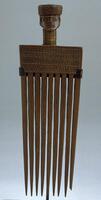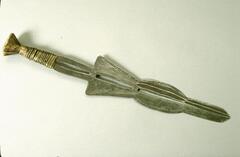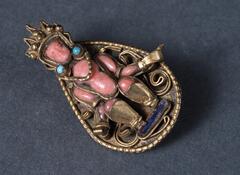11 UMMA Objects
11 UMMA Objects
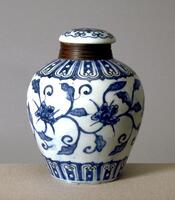
Chinese (Chinese (culture or style))
Jar
1662 – 1722
Gift of the Estate of Hobart Taylor, Jr.
1982/1.209A&B
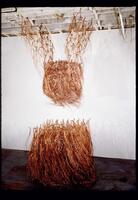
Alan Saret (American (North American))
Open Center Rising
1944 – 1997
Gift of the Lannan Foundation in Honor of the Pelham Family
1997/1.139
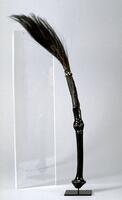
Kuba (Kuba (Democratic Republic of Congo style))
Flywhisk
1915 – 1925
Museum purchase made possible by the Betty J. Lockett Memorial Fund
1986/2.93
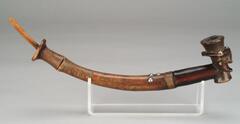
Kuba (Kuba (Democratic Republic of Congo style))
Pipe
1895 – 1905
Gift of Candis and Helmut Stern
2005/1.208A&B
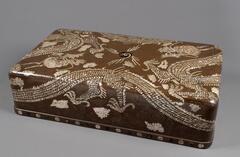
Korean (Korean (culture or style))
Box with Double-Dragon Design
1895 – 1905
Gift of Linda Dresner Levy and Ed Levy, Jr.
2007/2.8
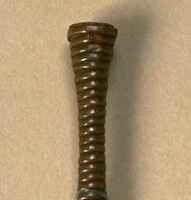
Kuba (Kuba (Democratic Republic of Congo style))
Scarification knife
1930 – 1940
Gift of Janine and Michael Heymann, San Francisco
1985/2.68

Kuba (Kuba (Democratic Republic of Congo style))
Scarification knife
1930 – 1940
Gift of Janine and Michael Heymann, San Francisco
1985/2.69
Loading…
